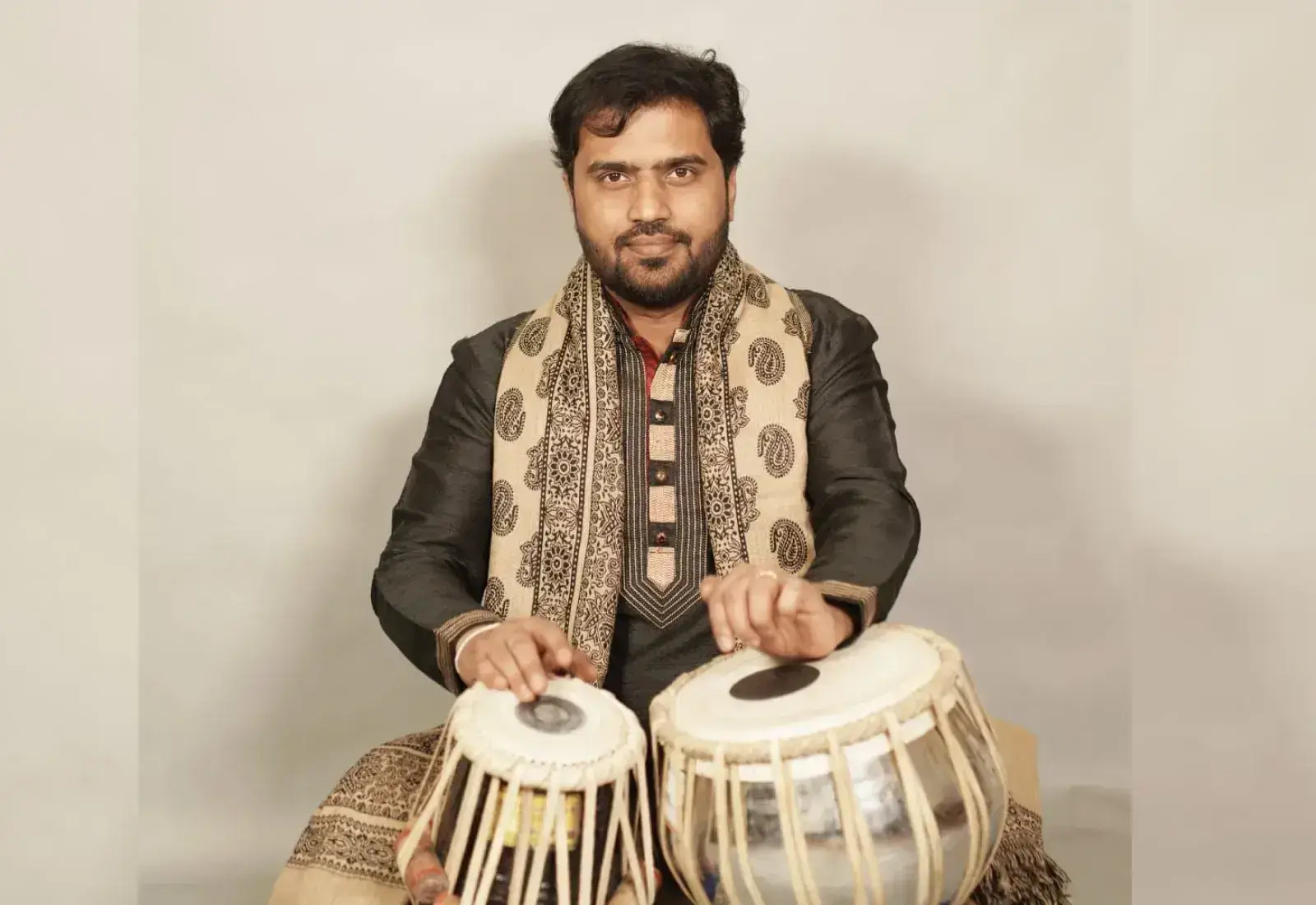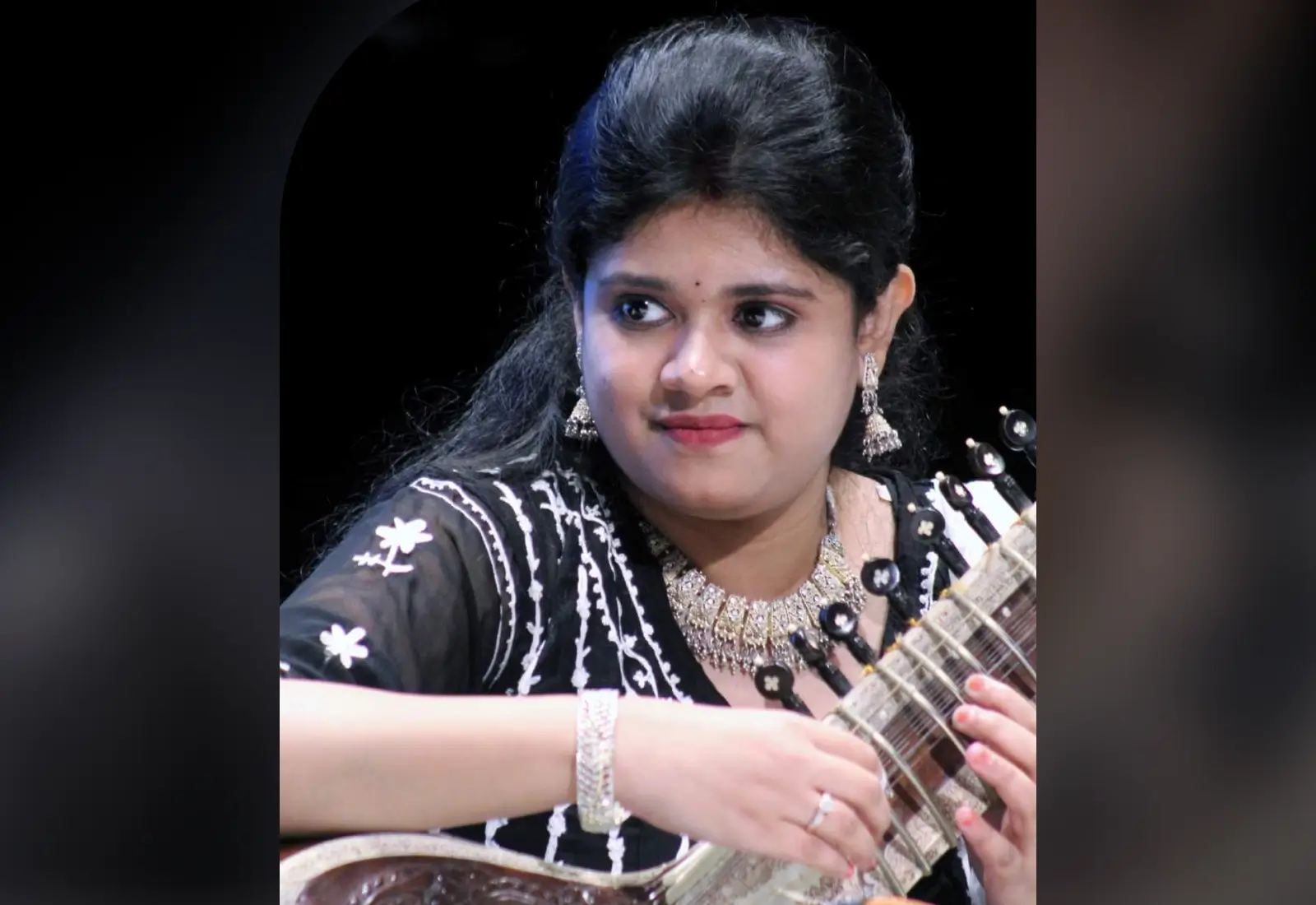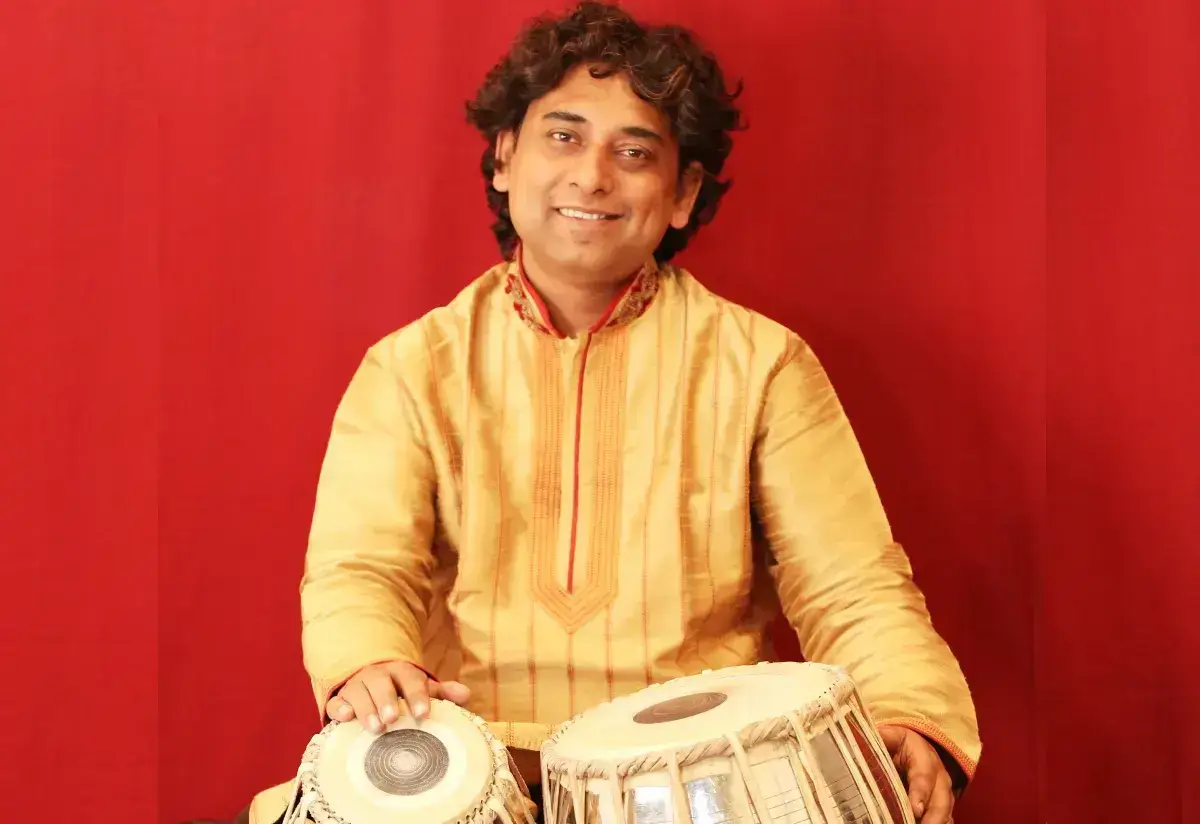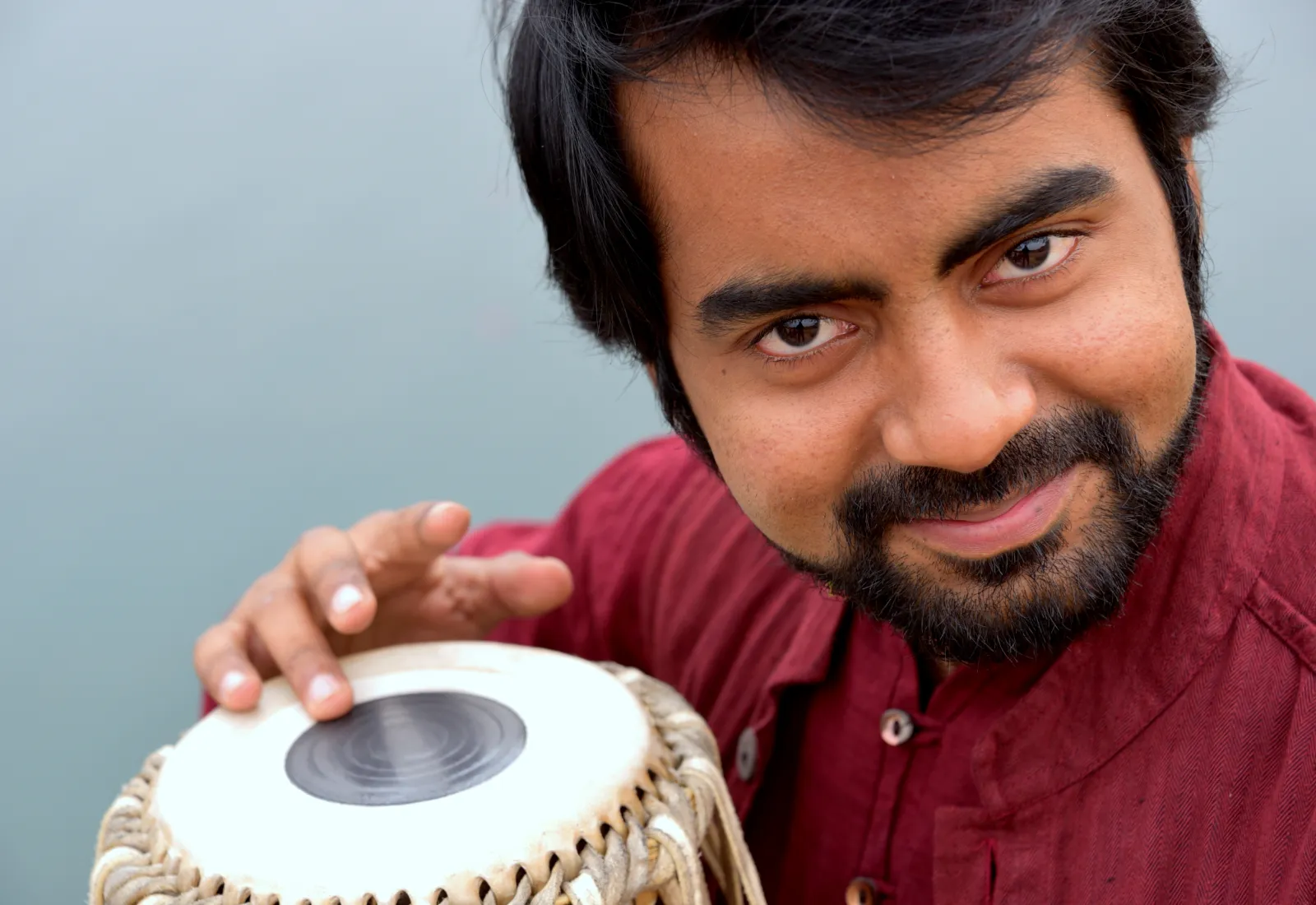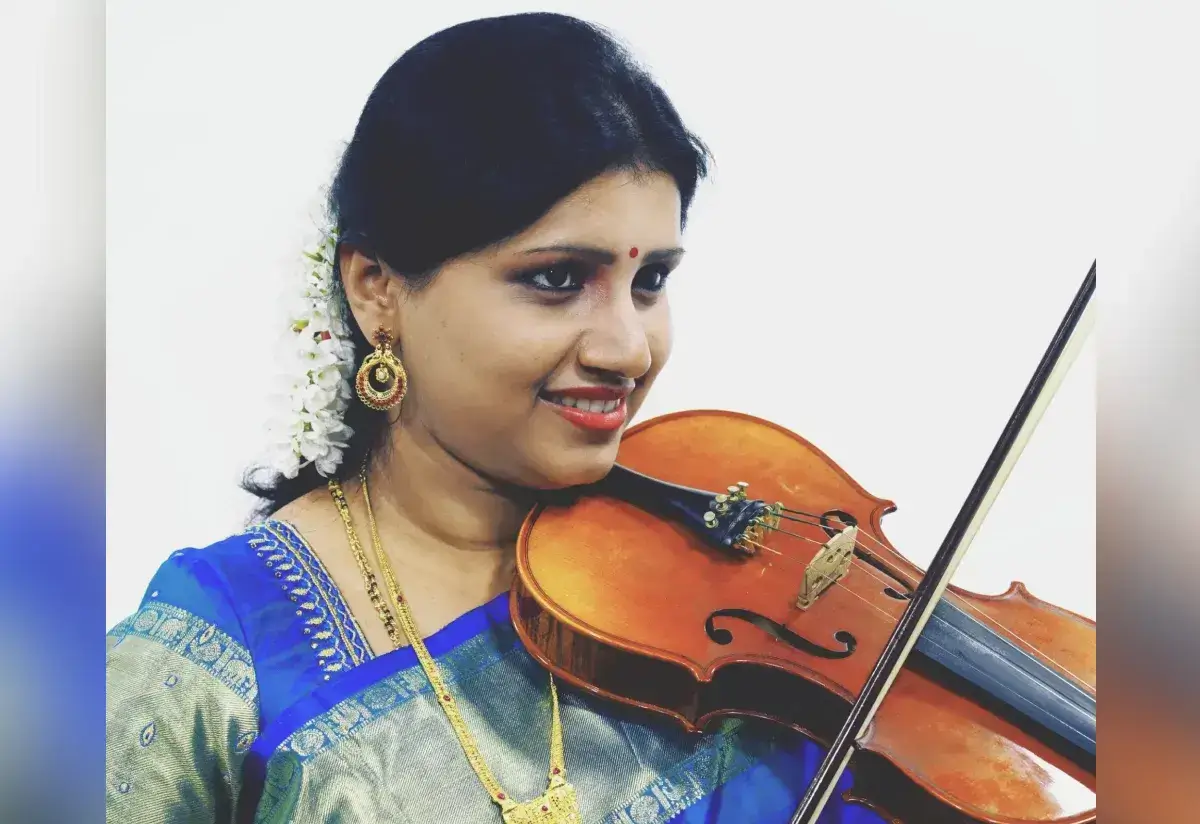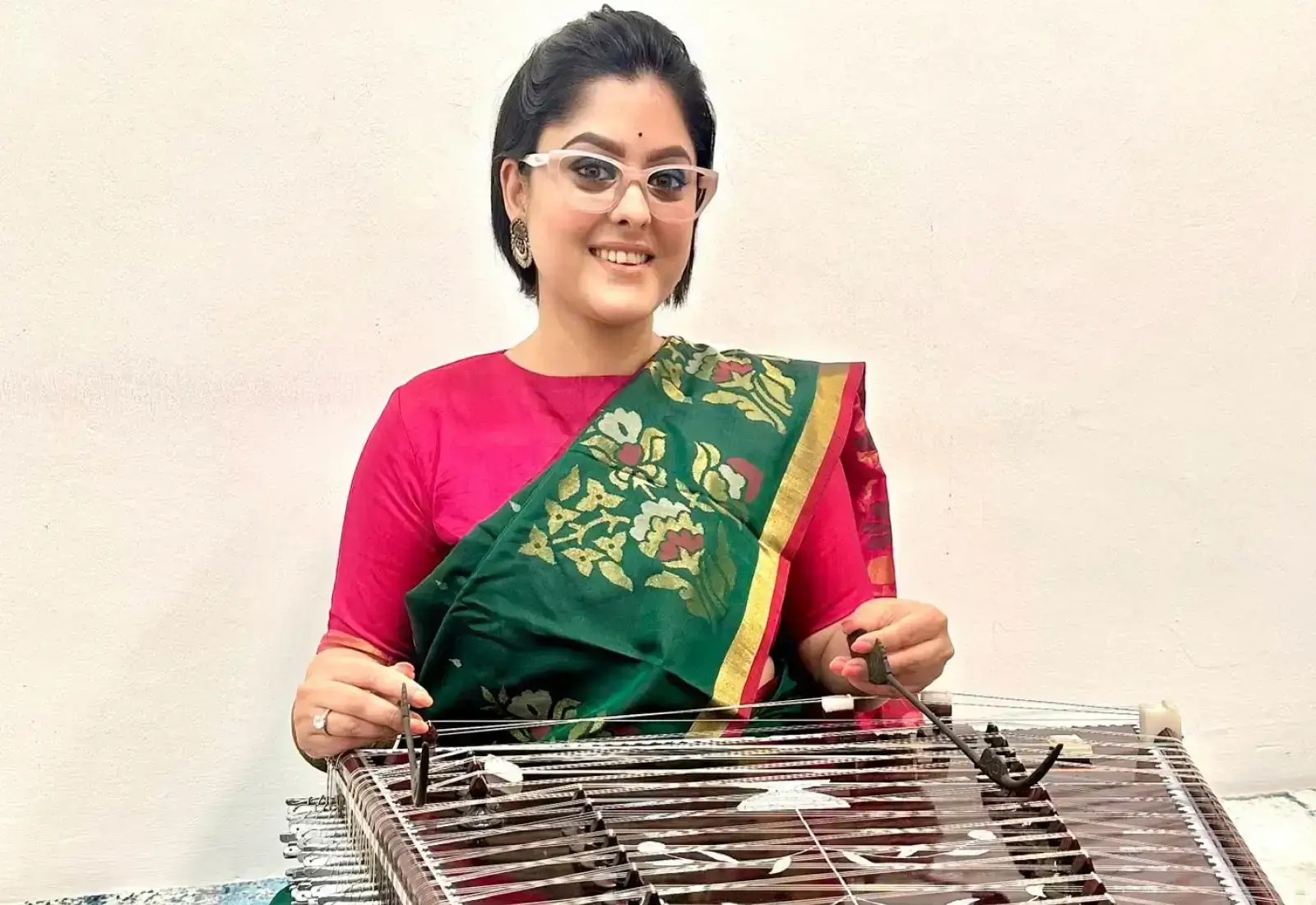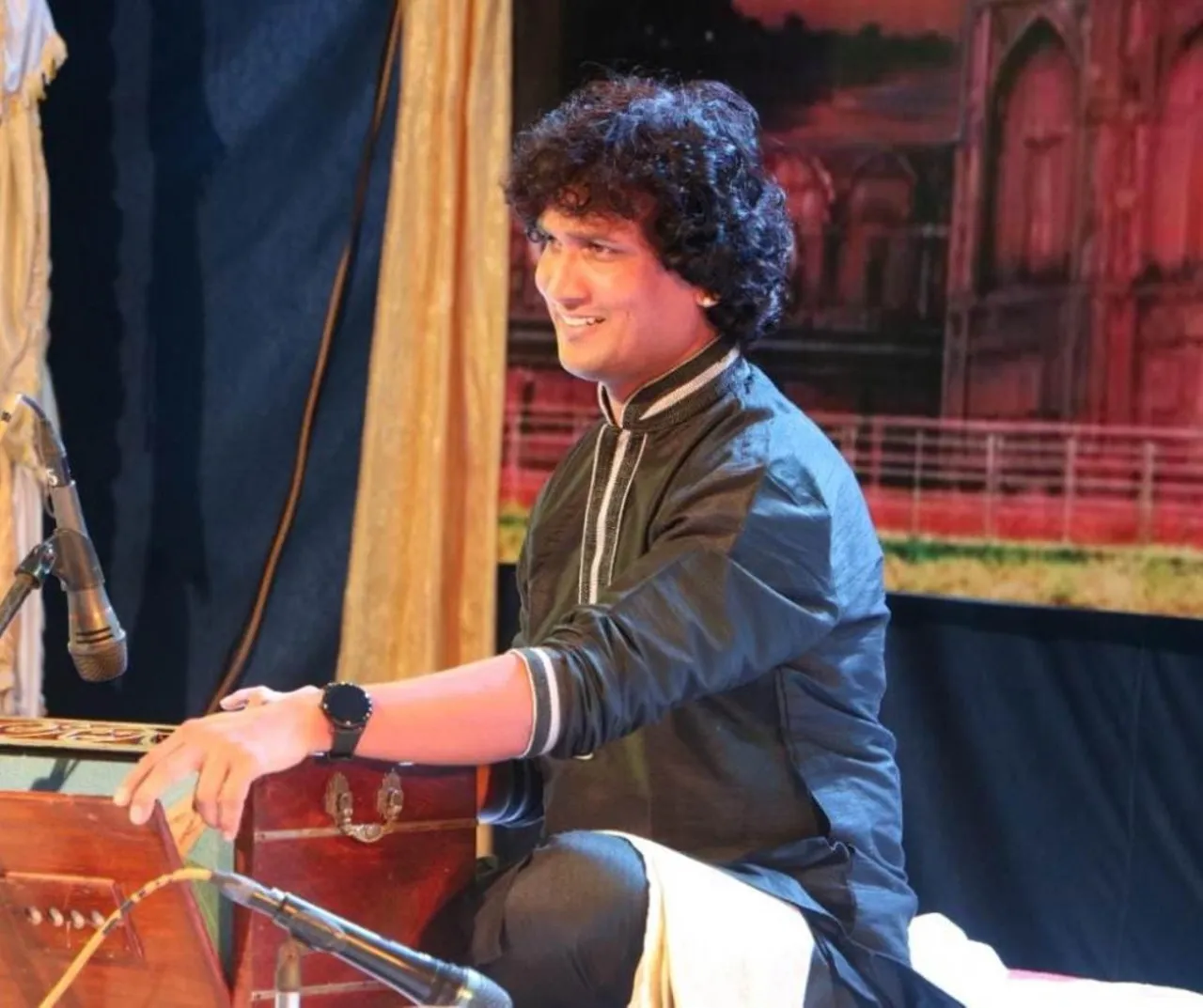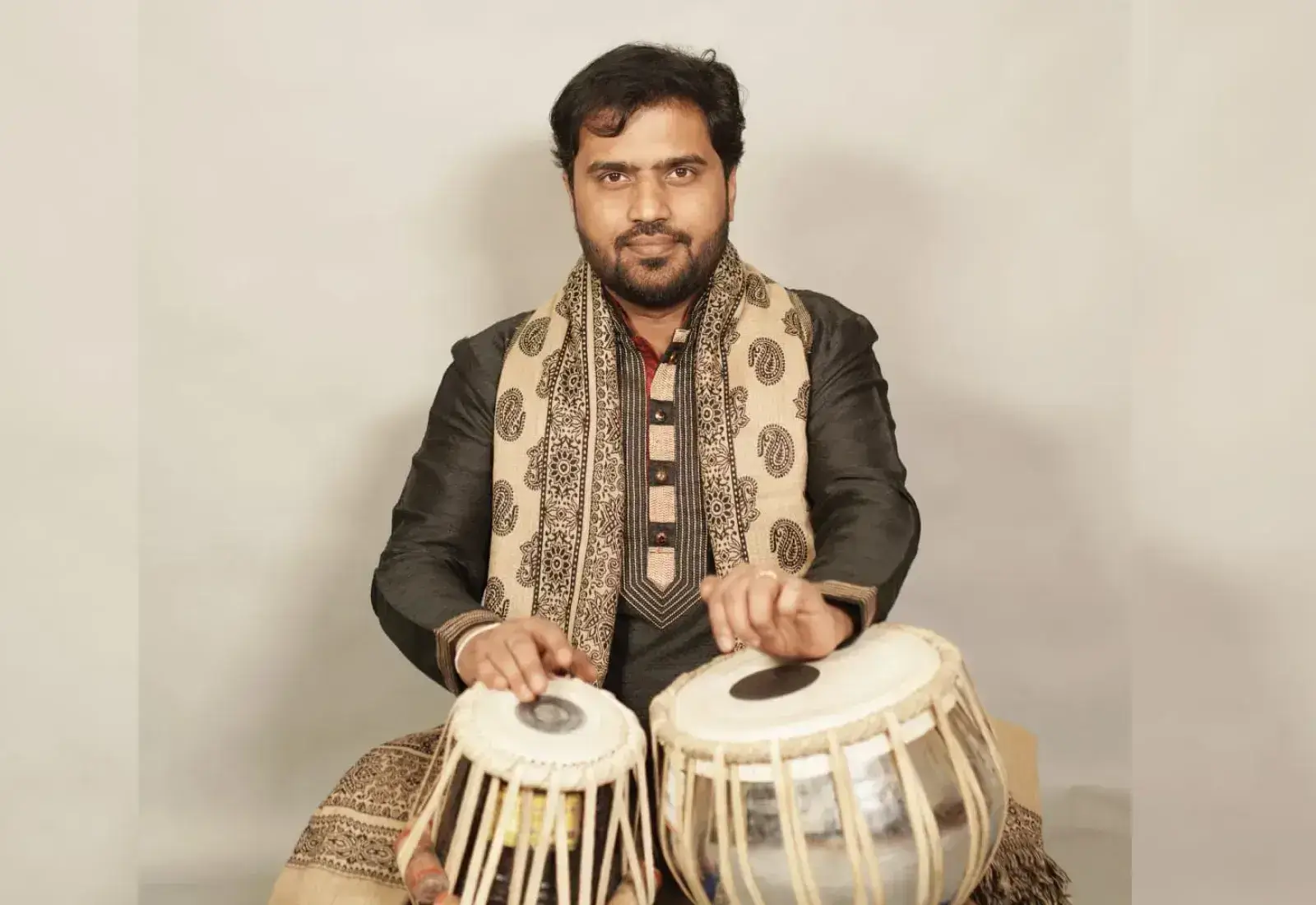Overview of Timbales
Timbales, also called pailas, are a set of shallow, open-bottom drums that play a major part in Cuban and Latin music. The versatile set of drums are played with sticks on the drum head and the shell by drummers called timbaleros. Timbales are the descendants of Mongolian and European kettledrums, including the timpani, and are similar in appearance to snare drums. (The Brazilian drum timbal or timbau is unrelated to the Cuban timbales.)
Timbale shells, called cascara, are made from steel, aluminum or other metals, and sometimes wood. The shells are covered at one end with a synthetic drum head similar to that of a snare drum. The drums are typically played in sets of two with two different sized timbales. The larger drum with a lower pitch is called the hembra and the smaller, higher pitched drum is called the macho. Timbaleros play the drums while standing with the bigger drum on the side of their dominant playing hand.
Timbale instruments are often paired with a cowbell or campana. These bells are mounted between two timbale drums on a metal rod. These rods may hold multiple bells, cymbals or wood blocks, which are used to keep time and provide flourishes. The drum sticks used by timbaleros are unique. They are a thinner version of snare drum sticks with a rounded end instead of a bulbous end.
Not everyone may know what timbales are called or made of, but these popular drums are sure to sound familiar. Timbales are traditionally used in many Latin musical genres, including mambo, descarga, salsa, timba, Latin rock, and Afro-Cuban jazz. Latin percussion ensembles will typically include the timbales, congas, and bongos. Timbales are also used in contemporary rock, world music, and marching drum lines.
History Of Timbale Drum
The timpani, the large orchestra kettledrum, was brought to Cuba in the 1800s from the French colonized Haiti, the French word for timpani being timbale. These new timpani-inspired drums were smaller than the European original and were incorporated into a new Afro-Cuban musical style called contradanza. Over the next century, this new style and the ‘creole timpani’ underwent a lot of changes. The style evolved into the danzón, which became Cuba’s national dance and featured two timpani.
During the late 19th century, the creole timpani was replaced with a smaller, lighter version by composer Antonio Maria Romeu, who found the timpani to be too big and heavy to be carried long distances. He called these newer drums pailas cubanas and gave them a prominent position in his original charanga francesa orchestra. These pailas drums were typically made from iron or copper containers that were used in sugarcane factories. Creating drums out of these materials made them more accessible and affordable, meaning they spread quickly in popularity.
During the early 20th century, as Cuban musicians traveled to America, timbales became influenced by the Western drum set. The transition from found materials to the metal shells we see today was one of the last evolutions in the development of modern timbales. In the 1930s, the cowbell was added to a set of timbales and became standard practice for Latin percussionists.
Types of Timbales
Traditional timbale drums come in a few different variations. Typically, they are made of steel or bronze with diameters of 30–40 cm and a plastic coated drum head. The combination of metals and plastics give the timbale its very loud, distinct popping sound. The two drums typically have a difference in size of 3–5 cm. The smaller, higher pitched timbale (macho) provides melody accompaniment while the larger drum (hembra) provides rhythm.
Timbalitos, or pailitas, are smaller than the traditional timbales, with diameters of 15–25 cm. Timbalitos are sometimes used to replace bongos in a piece of Latin rhythm music. They’re still played with sticks but are not meant to play traditional timbale parts. Timbalitos are sometimes included in expanded timbale sets and drum kits. Many popular drummers in rock and jazz use timbalitos as part of their standard set.
Playing Techniques
Mastering the timbales’ unique playing style is paramount to learning to play this classic instrument. Below are the basic notes that make up most rhythm patterns:
Open Sound: One strike to the center of the drum head with the end of the timbale stick, releasing quickly to allow it to ring.
Muffled Tone: An open sound without releasing the stick after striking the drum. This produces a sharp tone that is sustained after the first hit.
Rim Shot: Striking the edge of the drum head and the rim of the shell at the same time.
Rim Click: Striking the drum in two places with one stick at the same time while held in the same hand, the center of the drum head and the rim of the shell.
Hand drumming: Striking the center of the drum head with the fingers of the left hand, either quickly or sustained for a muffled tone.
There are many other stokes and techniques to learn on the timbales, but these basics make up many of the popular rhythm styles of Latin percussion. Two of the most popular playing styles after traditional are below:
Típico: This is the foremost soloing style for timbaleros, a light and open technique developed by Manny Oquendo in the early 20th century. The rhythm is based on the clave pattern, similar to a popular taal, a five-stroke pattern popular in Latin percussion.
Rumba Quinto: Around the 1950s, timbaleros started incorporating rhythm patterns popular on the quinto hand drum. These were used mainly during solos and helped timbales solos stand out. The style was made popular by the famous timbale exponent Tito Puente.
Mechanics
The pitch to tune a set of timbale drums to depends on the needs of the drummer. Latin rhythm styles aren’t necessarily based on specific pitches, like a raga might involve in Indian rhythm. The macho drum of the two timbales should be a higher pitch than the larger one, the hembra, and timbale solos are typically played on the highest pitched drum in an ensemble.
Most modern timbales have plastic drum heads attached to a metal shell with tension rods. Those tension rods are connected to lugs around the rim of the shell that allow them to be adjusted. The rods are tightened or loosened with a drum key or tuning wrench, depending on the type of timbales. A loose plastic drum head will develop ripples in it, causing the drum head to vibrate slowly when struck and produce a low pitch. Turning the wrench or key clockwise tightens the rods until the ripples smooth out. A smooth, tight drum head causes it to vibrate very quickly when struck, producing a higher pitch.
Once the desired pitch has been reached by adjusting the tension rods, tap the drum head one inch, or about three cm, in front of each lug. All of the lugs should be adjusted to match the pitch of each other, this keeps the drum in tune with itself. Timbales can be tuned to any pitch interval but the most common is an interval of a perfect fourth. A perfect fourth in Western music is two pitches that span five semitones, or half steps, along a chromatic scale. For example, one octave above middle C to the next highest F is a perfect fourth, so the macho drum would be tuned to F1 and the hembra drum to C1.
Notable Timbale Players
There are many talented timbaleros, both traditional and contemporary. Below are some of the most well-known timbale players from around the world today.
- Alex Acuña
- Andy Fornet
- Chino Núñez
- Dave Weckl
- Dennis Calito
- Edwin Bonilla
- Frank 'El Pavo' Hernandez
- Jimmy Delgado
- Karl Perazzo
- Lenny Castro
- Monojit Datta
- Naandro
- Nicky Marrero
- Peter Michael Escovedo
- Rikitha Ruwan Wickramaratne
- Sheila E.
- Tito Ocasio
- Tony Escapa


